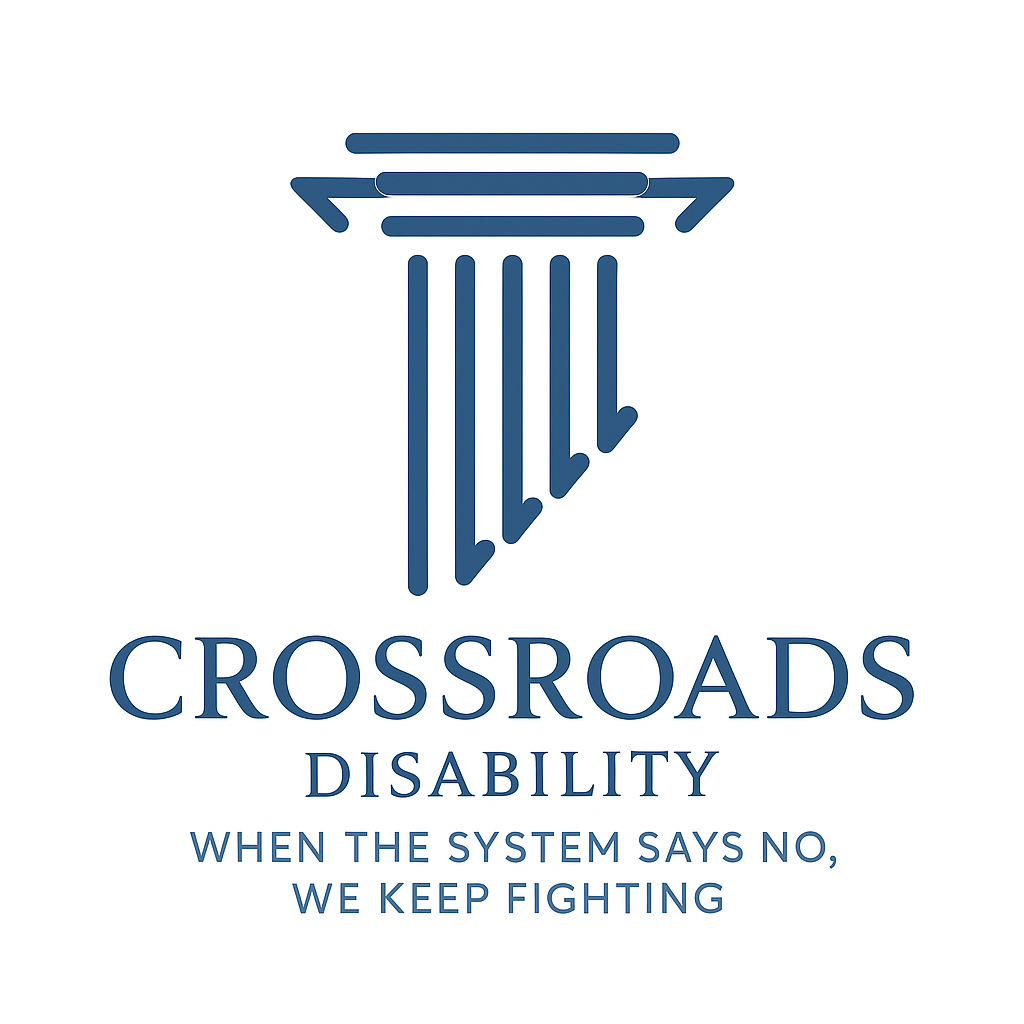Medical Source Statements and Why They’re Critical in Social Security Disability Cases
treating source statements and your disability claim

When applying for Social Security Disability Insurance (SSDI) or Supplemental Security Income (SSI), one of the most powerful pieces of evidence you can provide is a Medical Source Statement (MSS).
These forms, completed by your treating doctors, explain your functional limitations in a way that Social Security can understand and evaluate.
A strong Medical Source Statement can make the difference between winning and losing your case.
Here’s what you need to know.
What Is a Medical Source Statement?
A Medical Source Statement (MSS) is a form completed by a treating physician, specialist, psychologist, or other qualified medical provider.
It outlines your
diagnoses,
symptoms, and—most importantly—your
functional limitations.
SSA uses it to determine your Residual Functional Capacity (RFC), which is the key factor in deciding whether you can work.
An MSS usually includes detailed information about:
- How long you can sit, stand, and walk
- How much you can lift
- Whether you need unscheduled breaks
- Whether you need to lie down during the day
- If you have difficulty concentrating
- How often symptoms interfere with work
- Whether you would miss work or be off task
- Mental health limitations
- Manipulative or postural limitations (bending, stooping, reaching)
The MSS transforms your medical evidence into work-related limitations, which is exactly what Social Security needs to know.
Why Medical Source Statements Are So Important
1. SSA Is Focused on Function, Not Just Diagnosis
A diagnosis alone—such as:
- back pain
- depression
- fibromyalgia
- neuropathy
- heart disease
is not enough to qualify for disability.
Social Security wants to know:
What can you still do, even with your condition?
A Medical Source Statement answers that question in a clear, structured format.
2. The Treating Source’s Opinion Carries Weight
While SSA does not automatically "defer" to your doctor, an MSS from a provider who:
- has seen you regularly
- understands your condition
- documents your symptoms
is extremely persuasive.
SSA tends to give more weight to opinions from:
- Primary care doctors
- Specialists (orthopedists, neurologists, psychiatrists)
- Long-term treating providers
especially when their opinions are consistent with the medical evidence.
3. It Directly Supports Your RFC (Residual Functional Capacity)
The RFC is one of the most important parts of your disability case.
It determines:
- whether you can return to past work
- whether you can do any other job in the national economy
An MSS provides specific limitations that shape your RFC, such as:
- needing to rest during the day
- difficulty maintaining concentration
- limited ability to lift or stand
- missing multiple days per month
These limitations often rule out full-time work, which leads to approval.
4. It Helps Win Cases at the Hearing Level
Administrative Law Judges (ALJs) often rely heavily on Medical Source Statements, especially when:
- the doctor is consistent
- the opinion is supported by medical records
- the limitation is specific and realistic
A detailed MSS can directly contradict a vocational expert’s testimony, making it one of the MOST powerful tools at a hearing.
5. It Prevents SSA From Misinterpreting Your Records
Without an MSS, SSA may assume:
- you can lift more than you really can
- you can stand or sit longer than you actually can
- your mental symptoms are mild
- your daily activities prove you're able to work
A Medical Source Statement clarifies what the medical evidence actually means for work-related functioning.
Types of Medical Source Statements
1. Physical RFC Forms
Completed by doctors such as:
- Primary care physicians
- Orthopedic surgeons
- Neurologists
- Pain specialists
Covers:
- lifting, standing, sitting
- use of hands
- postural limitations
- environmental restrictions
2. Mental RFC Forms
Completed by:
- Psychologists
- Psychiatrists
- Therapists (under physician supervision)
Covers:
- memory
- concentration
- pace
- social interaction
- stress tolerance
- ability to maintain full-time work
3. Specialty-Specific Forms
For example:
- Fibromyalgia questionnaires
- Migraine questionnaires
- Cardiac RFC forms
- GI/IBS questionnaires
- Seizure frequency reports
These make it easier for SSA to evaluate complex conditions.
How to Get a Medical Source Statement
- Ask your treating doctor directly
Explain why it matters and how it helps SSA understand your limitations. - Bring the correct form
Doctors appreciate structured forms—they’re faster and easier to complete. - Make sure your medical records support the limitations
An MSS must match the evidence. - Be honest with your doctor
Your provider can only document what they know. - Let your attorney review the form before submission
A disability lawyer can ensure the forms meet SSA standards.
What If Your Doctor Won’t Fill One Out?
Some doctors prefer not to complete paperwork. In that case:
- Try another treating provider
- Request a detailed treatment note summarizing limitations
- Ask your attorney to help communicate with the doctor
- Continue regular treatment to strengthen your record
One refusal does not ruin your case, but you should keep trying to obtain a supportive opinion.
Final Thoughts: A Strong MSS Can Make All the Difference
A Medical Source Statement is one of the most powerful tools in a Social Security Disability case.
It translates your medical history into clear, work-related limitations that help SSA understand why you cannot work full-time.
At Crossroads Disability, we help clients:
- Obtain strong MSS forms from doctors
- Ensure the forms are consistent with medical evidence
- Use them strategically to support approval at ALL levels, including hearings and appeals
If you need help getting a Medical Source Statement—or want us to review yours—our team is here to guide you every step of the way.
👉💵If you want a quick free case evaluation, then just click here and you will know how much money you may be entitled to and whether or not you have a good case.










